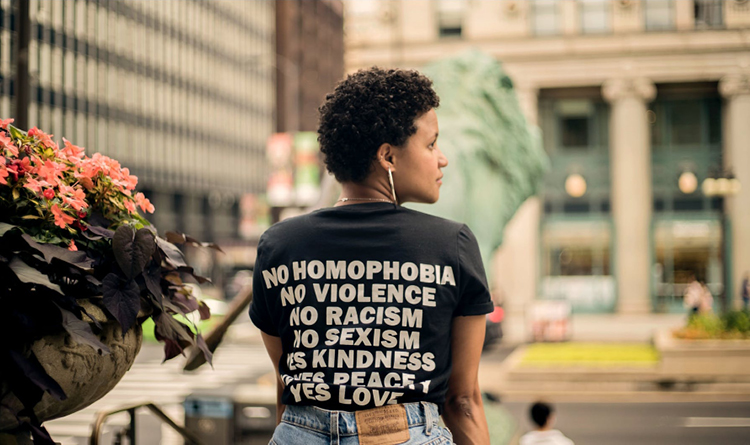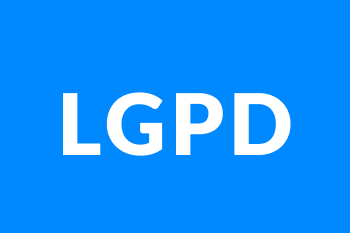Can brands embrace social justice guidelines with more empathy?

Get inspired
The world has been changing with great intensity. The plurality of voices facilitated by technology, as well as the awareness promoted by social movements and educational initiatives, show us that we still have a lot to do to promote a future with more equity and inclusion. The news is, people are realizing that brands can give a boost to the social justice guidelines – and companies, in turn, need to respond and position themselves accordingly.
In this mission, listening plays a fundamental role. After all, only after listening carefully to their audience, brands have the resources to act with responsibility, precision and sensitivity in the causes they propose to defend. It is not an easy journey, but there are people out there showing that, with a lot of empathy, it is possible to make a difference. Check it out!
Why do brands need to be aware of social justice guidelines?
Companies are largely responsible for the visual and verbal codes that we encounter in our daily lives. They are part of our daily lives and dialogue directly with what we live. So, as designer, writer and consultant Debbie Millman shared, they “have a responsibility to adhere to justice (…) and to lead rather than just follow.”
Aware of this, people, especially young people, are demanding that brands act concretely according to the guidelines they claim to defend and support the community. If before, brands were considered for the quality or value of their products, today “the equation of how we evaluate the value of something is much more multidimensional. It started to involve social values, status and influence on society”, said McKinsey’s Marketing and Sales leader, Bo Finneman.
Some companies have been paying attention to this. In May 2020, the Ben & Jerrys ice cream brand, in response to the assassination of George Floyd and the Black Lives Matter movement, made a statement that drew attention for its sharp and right tone. Addressing its message to the president, lawmakers and the United States Department of Justice, the brand was not afraid to use terms like “white supremacy” and announced support for redress actions for the black population.
In the same year, also in the Uncle Sam land, Nike decided to join the campaigns to encourage voting and launched the campaign “You Can’t Stop Our Voice”. Created by the agency Wieden + Kennedy and directed by the celebrated director Hiro Murai, the video featured testimonials of stars like LeBron James, to say that “you don’t have to be a star to have a voice.”.
But how to embrace social justice guidelines with empathy?
Subjects that were previously considered taboo in business meetings, nowadays occupy a central role in brand strategies. But how to embrace these guidelines with authenticity and really make a difference? This is what we discuss below!
Listen carefully and rethink
In the midst of so many changes, it is understandable that many managers, designers and strategists feel disoriented. After all, we need to pay more and more attention to the use of pronouns to contemplate the diversity of genders, patterns of prejudiced behavior, questioning our aesthetic and cultural references.
Who rethought a strategy that, for years, had been discussed by the black population, was the brand of parboiled rice Ben’s Original, formerly known as Uncle Ben’s. The character used by the company invoked a series of racist stereotypes, such as the image of enslaved blacks in the southern United States. Last year, after a rebranding, the company changed its logo and announced actions to support the black communities that surround its production centers.

Go beyond speeches
As we have already said, people have been acting in a more pragmatic way in relation to the causes they advocate, whether through donations, street protests or speeches addressed to those who can exercise impactful actions. And brands got into that equation. Those who stand out in this scenario are those who admittedly (and without secondary interests) take a stand and act.
Patagonia is a good example of this. The sportswear brand stands out for having an incisive position in relation to environmental causes. The action “Don’t Buy This Jacket” – a boycott of Black Friday – doesn’t let us lie. Last year, it was one of the first to join “Stop Hate For Profit”, a campaign that suspended brand advertisements on Facebook, to question Mark Zuckerberg’s position on fake news and contain the spread of hate speech on the platform .

Embracing social justice guidelines is not an easy task, especially for brands. To position yourself and act correctly, you need to be available to listen, learn and rethink processes. You have to look inside. The good news is that, just as people are closely watching brand processes, they can get close to their audiences to understand them better. It is thus, with much dialogue, that brands will build bridges and arrive at more inclusive, beneficial and fair solutions.
Do you want to receive another dose of inspiration to make a difference? Follow us also on Instagram, Facebook and Linkedin!




